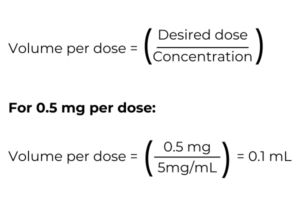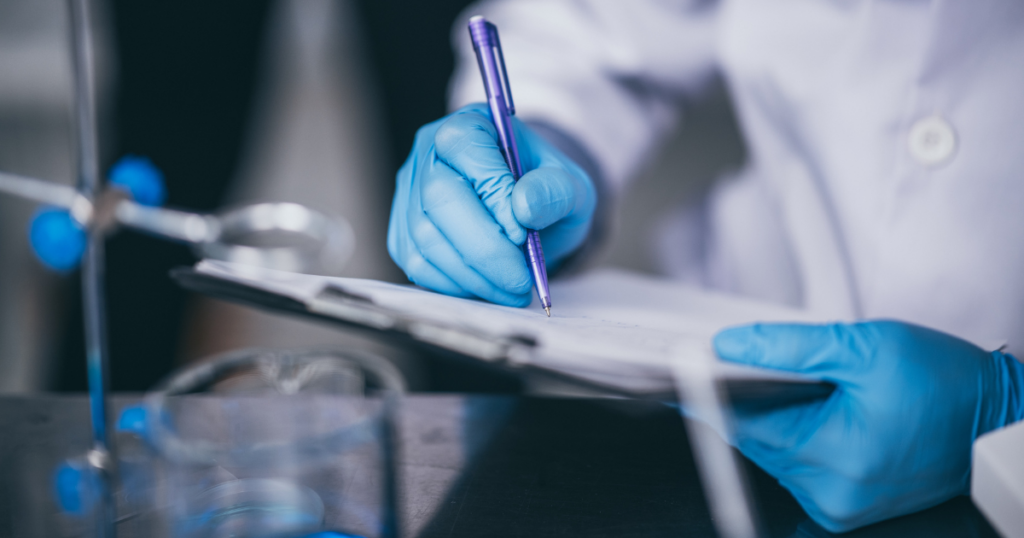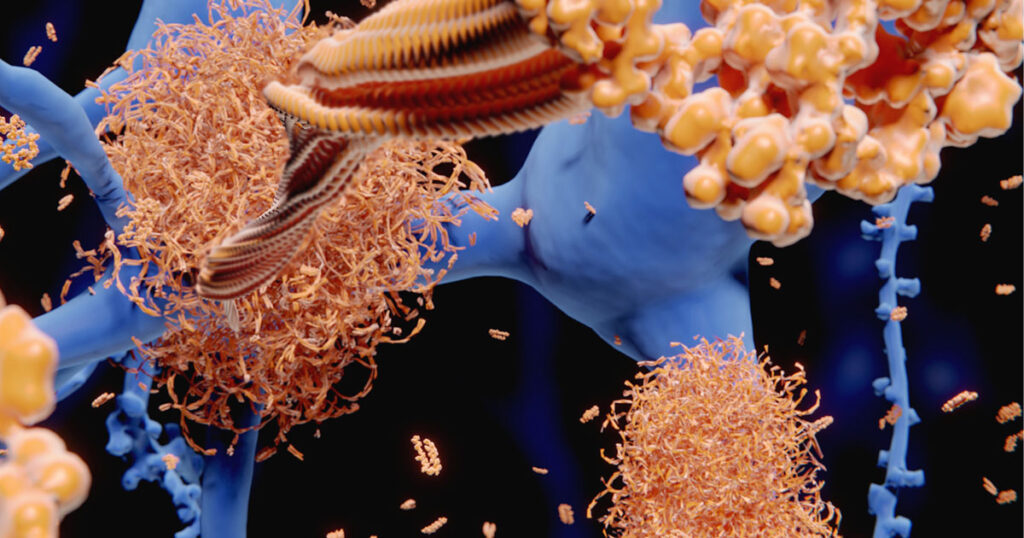Peptides have become increasingly popular in various fields such as bodybuilding, anti-aging, and overall health improvement. While peptides can offer significant benefits, determining the correct dosage is crucial for safety and effectiveness. This blog post will guide you through the process of accurately determining your dosage when using a peptide vial.
Understanding Peptide Dosage
Before you begin calculating your dose, it’s important to understand that peptides come in various forms and concentrations, and dosages can vary widely depending on the specific peptide and your individual goals. It’s essential to start with a basic understanding of the units of measurement:
- Milligrams (mg): The mass of the peptide.
- Micrograms (mcg): One thousandth of a milligram.
- Milliliters (mL): A measure of volume, not the mass of the peptide.
Step 1: Consult with a Healthcare Provider
First and foremost, consult with a healthcare provider before starting any new peptide regimen. They can provide guidance based on your health status, medical history, and specific goals.
Step 2: Understand the Peptide Potency
Peptides are typically sold in lyophilized (freeze-dried) form and must be reconstituted with bacteriostatic water or another appropriate diluent. The potency of the peptide is often listed on the vial in milligrams (mg). For instance, if a vial says it contains 5mg of peptide, you need to be aware of this total amount to calculate doses correctly.
Step 3: Reconstituting the Peptide
Reconstitution involves adding a specific amount of bacteriostatic water to the lyophilized powder. The amount of water you add will determine the concentration of the solution. For example:
- Adding 1mL of water to a 5mg vial results in a concentration of 5mg/mL.
- Adding 2mL of water results in a concentration of 2.5mg/mL.
Choose the volume of water based on how easily you want to measure your doses. Less water means a more concentrated solution, which might be beneficial if you need small, precise doses.
Step 4: Calculating the Dose
Once you have your reconstituted solution, you can calculate your dose. If you added 1mL of water to a 5mg vial, and your desired dose is 0.5mg, you would need to withdraw 0.1mL of the solution using an insulin syringe:

Step 5: Administration Tips
- Always use a sterile technique when handling peptides.
- Inject the peptide as directed by your healthcare provider—common routes are subcutaneous or intramuscular.
- Store peptides as recommended, often in a refrigerator, to maintain stability.
Step 6: Monitoring and Adjustments
Monitor your body’s response to the peptide. Peptide therapy often requires adjustments based on factors like side effects or effectiveness. Regular consultations with your healthcare provider are key to safely managing your dosage.
Conclusion
Determining the correct dosage of peptides is critical to ensure safety and achieve the desired effects. Always consult with healthcare professionals, understand the peptide’s potency, calculate doses accurately, and maintain sterile techniques during administration. With proper care and attention, peptide therapy can be a valuable addition to your health regimen.
By following these steps, you can be more confident in managing peptide dosages and optimizing their potential benefits responsibly.




